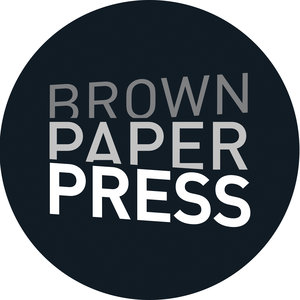If you’ve spent any time looking for book recommendations online, chances are you’ve heard of A Little Life by Hanya Yanagihara. And if you’ve ever searched up the book on Goodreads, you’ve likely encountered dozens of terrible reviews, such as these:
“Proudly Manipulating Readers into nth Degree of Misery and Sorrow.”
“Melodramatic, pretentious, dull, dumb, overwritten, repetitive, laughable, cringe-inducing, self-indulgent, unbelievable, stereotypical, voyeuristic.”
“I can’t remember the last time I was so angry at a book. It is not good. Seriously not good.”
The multitude of extremely negative comments initially scared me away. After seeing the title recommended repeatedly on BookTok, however, I finally ordered it—and I’m so glad I did. Without giving away any spoilers, here are five things readers routinely get wrong about A Little Life.
1. It’s too long.
Containing over 800 pages, there’s no denying that A Little Life is a lengthy read. Looking at the premise, though, it makes sense. The book closely follows four friends through decades of their lives; there’s a lot of material to cover. Also, this book is extremely character-driven. With each chapter, you delve deeper into the minds of these characters, helping your connection to them grow. I personally finished this book in a week and never tired of it. If you’re looking for a quick read, this book is obviously not for you. However, the length is necessary to tell the story.
2. It’s too depressing.
There are heavy, disturbing themes within this book, and at times the subject matter—child abuse, rape, self-harm—can feel overwhelming. This being said, these topics are incorporated purposefully, either to give insight into a character’s background or to drive the plot forward. In addition, Yanagihara often alternates between painful and joyful events, providing respite at just the right times. Despite the heavy topics, this balance allows the book to remain palpable while exploring difficult topics. So while this book is often sad, it’s never unnecessarily so.
3. There’s no plot.
This is not an adventure book, nor is it filled with extreme action sequences. It’s literary fiction. The rising and falling action of the plot reflects the experiences of four friends navigating their lives and relationships. Many of these are common, everyday events: adjusting to new jobs, falling in and out of love, facing depression and self-doubt. While none of these concepts will keep you on the edge of your seat, I guarantee that you will come to care deeply about each of these characters. And isn’t that the point of literary fiction?
4. It’s repetitive.
Now this is just nonsense. Like any book, there are recurring themes. And, if anything, Yanagihara’s use of repetition creates a more realistic depiction of the lasting damage caused by child abuse. It also shows the many ways that the cycle of abuse can be perpetuated. The book’s shifting perspectives, as well as the characters’ evolving reactions to this abuse, keep the storyline feeling fresh.
5. It’s not a good book.
Wrong. Yanagihara’s writing is beautiful, as is her ability to build character and emotion. The fact that A Little Life evokes such strong reactions is evidence of this. Of course, people have a right to their opinions. But based on the high-quality writing and story-telling within A Little Life, it’s absurd to say that this book is objectively bad.
Overall, it seems that most negative reviews on Goodreads came from people looking for either a light beach read or a typical coming-of-age novel. If you approach A Little Life with either of these expectations, you will be disappointed. However, if you’re willing to step outside of your comfort zone for an extremely impactful, emotional, riveting book with characters that will stay with you long after you’ve finished it, give A Little Life a try.
Sofie Parker is a Cal State Long Beach student and intern at Brown Paper Press.



